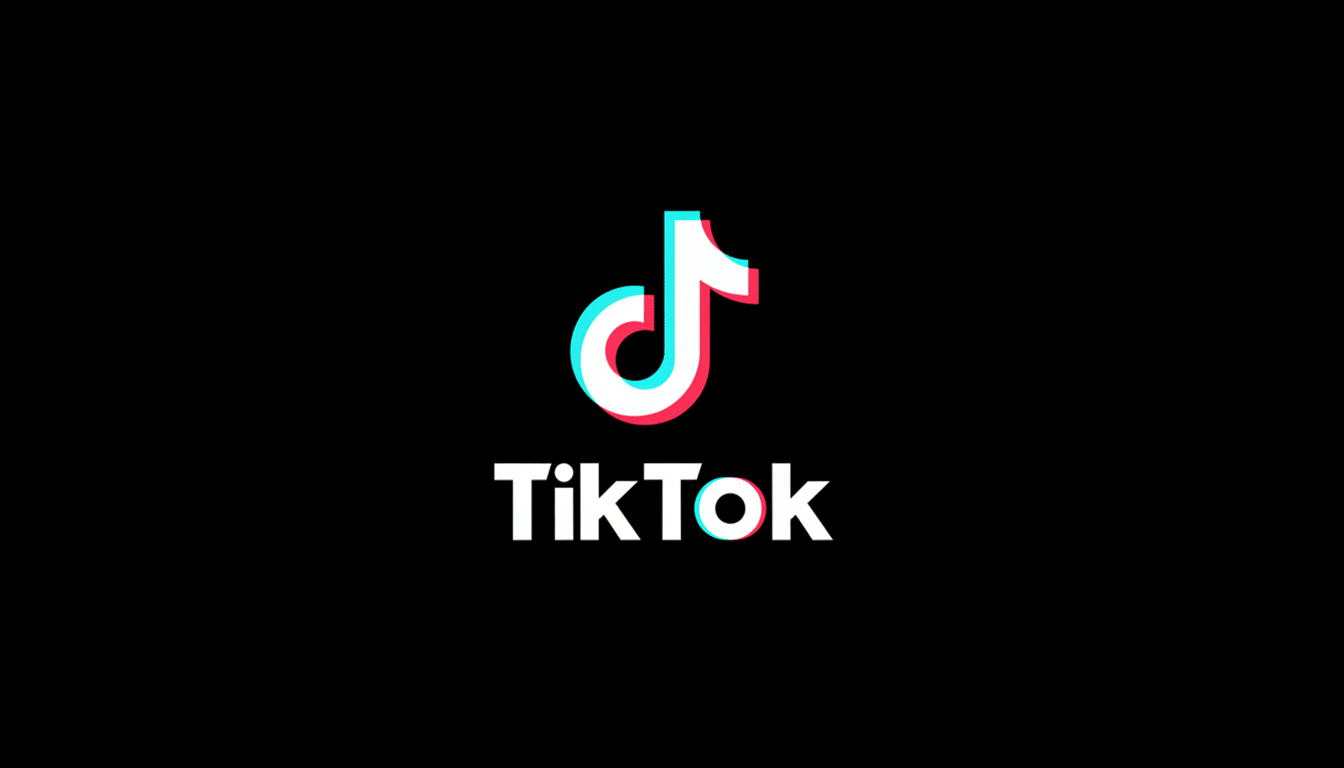A melancholic edit style known as the White Rabbit is racing across TikTok, with happy snapshots giving way to gut-punch finales.
The format relies on a “before” clip and an implied “after,” racking up millions of views to the strains of a ticking-clock audio that swells into soft piano — an emotional setup for a hard left turn.
- What the White Rabbit Trend Is on TikTok Today
- The Literary Nod in the White Rabbit Trend’s Name
- How Creators Use the White Rabbit Trend on TikTok
- Why the White Rabbit Trend Resonates with Users Now
- Numbers and Context Behind the White Rabbit Trend
- How to Make a White Rabbit Video That Really Lands
- The takeaway on TikTok’s rising White Rabbit trend

It’s how creators mark the moment life flipped: a perfect rehearsal before an injury, a honeymoon clip leading toward a split, or even just some innocent pet fun that ends in a dead battery. TikTok’s audio page reveals the sound attached to almost 180,000 posts, a powerful indicator that the motif has graduated from niche interest to mainstream on the platform.
What the White Rabbit Trend Is on TikTok Today
White Rabbit videos usually start out with peaceful scenes and on-screen text that says things like “A day before that rabbit caught me” or “48 hours before a crackrabbit got me.” The next shot reveals the fall: a breakup, a layoff, an exam failed, or some lesser everyday misadventure. Occasionally creators call it quits with the cliffhanger, and don’t bother delivering any of that aftermath — they leave viewers to do the dirty work for them.
The sound is key. The metronomic tick serves as a forebearer of anticipation; the piano lift is more of an emotional cue. That one-two punch riffs on the structure of jump-cut storytelling that is already popular on TikTok, maximizing watch time and rewatches as viewers prepare for the reveal.
The Literary Nod in the White Rabbit Trend’s Name
The name is a reference to the White Rabbit in Alice’s Adventures in Wonderland — that eager herald of chaos. In Carroll’s story, the rabbit’s obsession with time pulls Alice into a realm in which logic distorts. TikTok’s version draws on that energy: the ticking clock, the dive into an alternate reality, and a belief in the power of a single moment to reorder everything.
It also touches on a broader cultural mood. Post-pandemic timelines rattle with postponed milestones and swift about-faces; the White Rabbit provides creators a shorthand for saying “things are different now” without making an entire documentary.
How Creators Use the White Rabbit Trend on TikTok
Personal timelines predominate — relationships, sports injuries, career pivots — but the tendency crosses tonalities. Some, of course, offer it straight up with earnest loss; others pervert expectations as they dive into the end-zone end-it-all (think: emotional setup and then a latte spill). Fitness and dance communities rely on training clips, and students use semester highlight reels before a botched final.
Brands are experimenting cautiously, with many of them framing product launches as the “after” to a “before” problem. The successful ones steer clear of milking genuine misfortune and focus on modest, low-stakes reversals we can all understand. Miscalculation can be costly, too; there’s also a sizable audience that punishes any jokes it deems to have made light of the serious.

Why the White Rabbit Trend Resonates with Users Now
Psychologically, it’s anticipatory tension and narrative gap theory: People can’t resist completing a story that’s begun to be told without an ending. The tick-tock soundtrack literalizes the pressure of time, a stressor many sense in careers, school, and relationships.
Platform dynamics amplify it. Short, high-contrast edits also keep users watching until the reveal, which is a cue favored by the recommendation system. On TikTok’s Creative Center, sound-driven trends tend to take off when the audio packs a narrative punch — which in this case is a single so ready-made that it practically writes the jokes for you.
Numbers and Context Behind the White Rabbit Trend
There are about 180,000 posts set to that core audio and countless remixes, meaning the White Rabbit shares an adoption band with spring’s viral “progress” templates or last year’s Wes Anderson homages. TikTok’s editing ecosystem — which is saturated with CapCut templates, among other things — helps these spikes by lowering the bar for polished cuts.
The audience is ripe: 67 percent of U.S. teens use TikTok, according to Pew Research Center, and short-form narrative tides routinely wash across generations. A well-known literary reference and a turnkey edit, voilà, instant replication.
How to Make a White Rabbit Video That Really Lands
Pick a single turning point. Employ a peaceful “before” clip with clear context (such as location, people, and activity). Include on-screen text that alludes to the timing. Jump to your “after” or end just shy of it, leaving viewers to infer. Do not stay over 15–20 seconds to keep tension taut, and you can intermix ambient room sound underneath audio for texture.
Be mindful of boundaries. Stay away from discussing personal medical information or legal issues. If your reveal is traumatic — involving injury, bereavement, or other themes that can be triggering — this might not be appropriate. Think about the comments section you’re inviting — curiosity is not consent to your private life.
The takeaway on TikTok’s rising White Rabbit trend
The White Rabbit challenge thrives because it compresses the universal experience of life before and after into a few pulses of sound and two well-selected clips. It’s storytelling designed for the scroll, a literary lesson equally divided between an algorithm of science and literature class. Because like any viral format, its longevity will be determined by creators’ restraint and originality rather than the source material.

